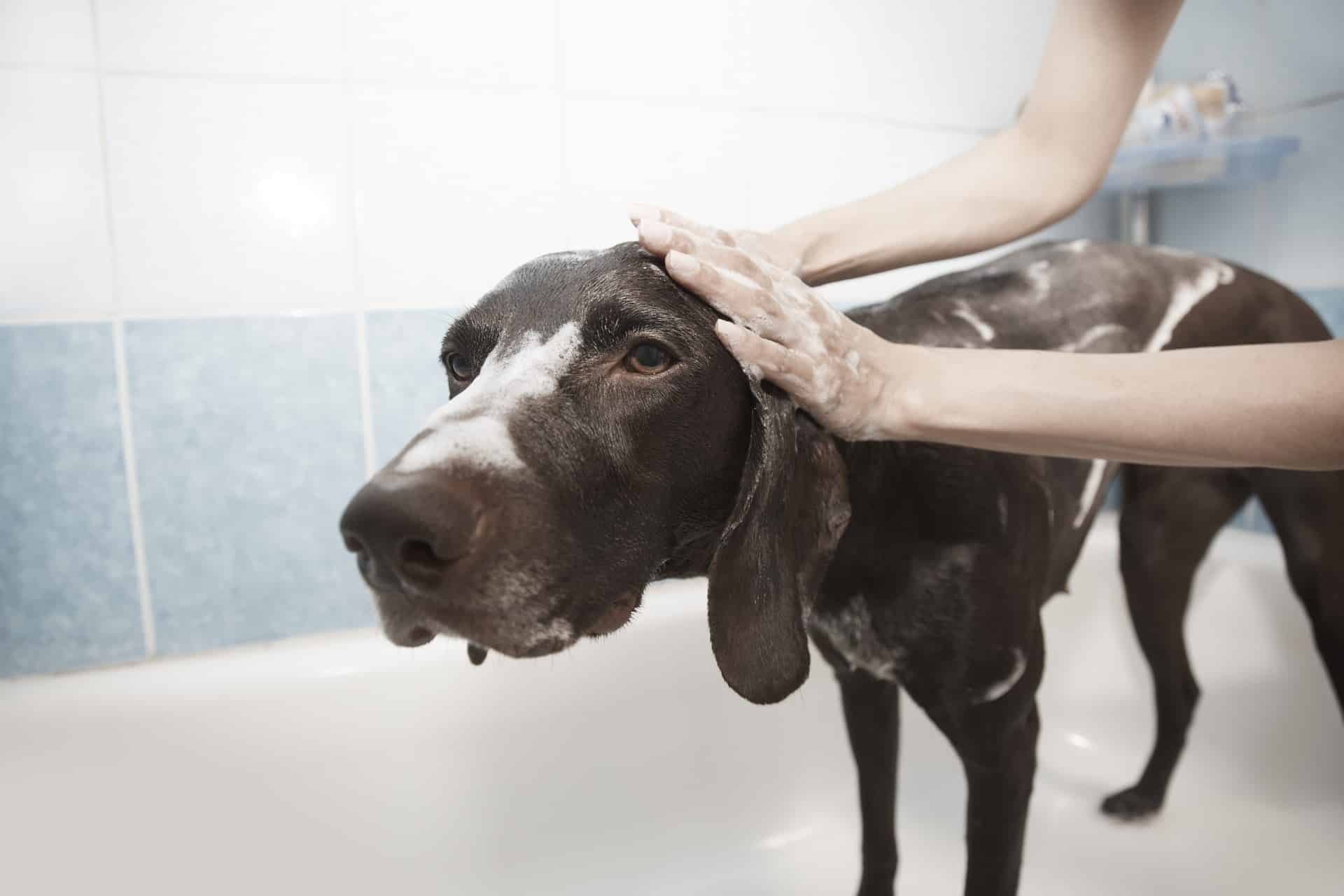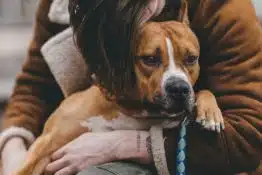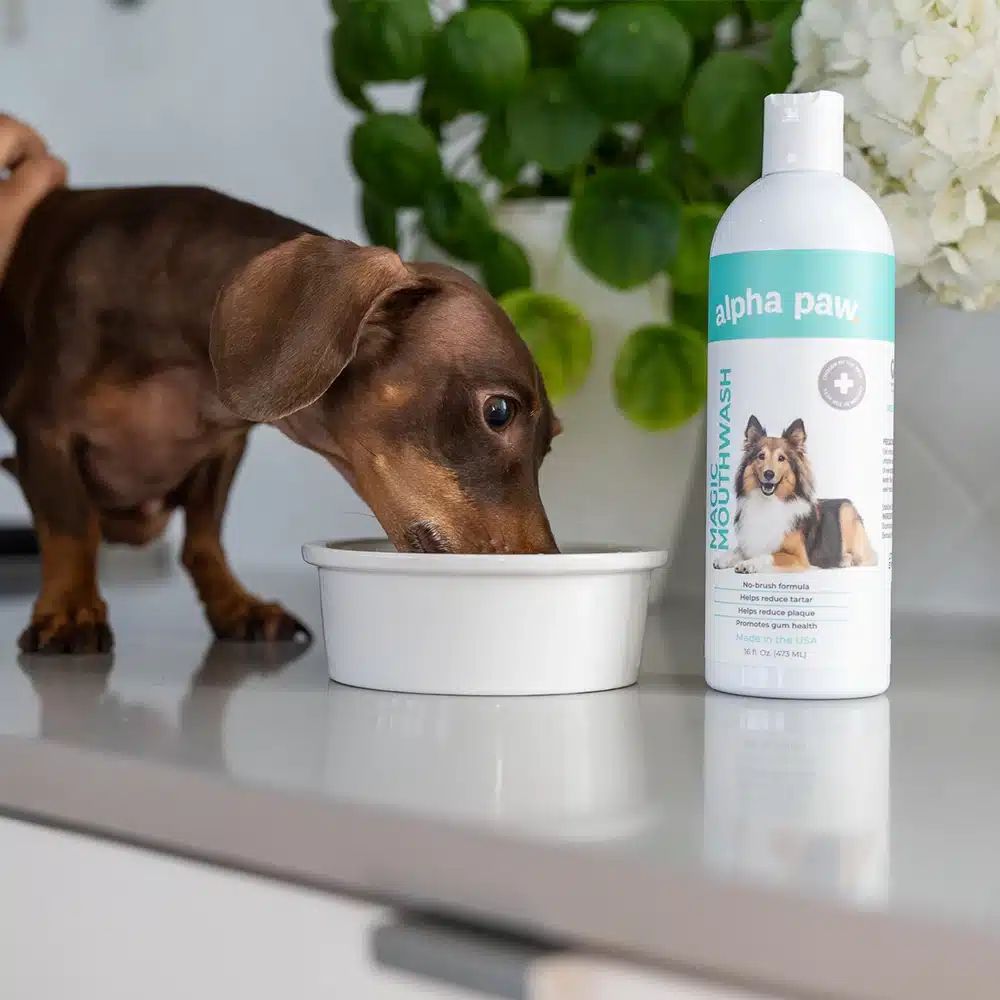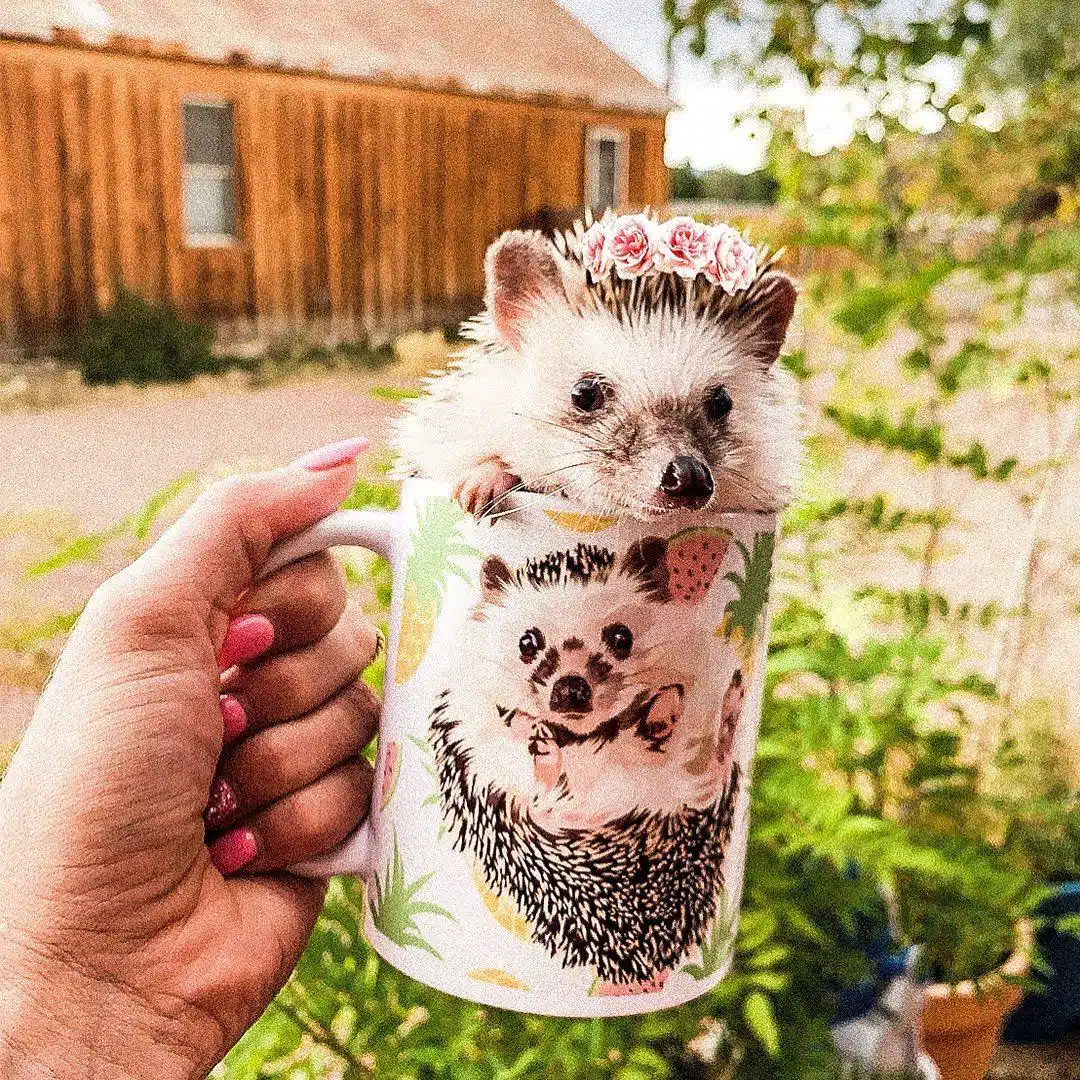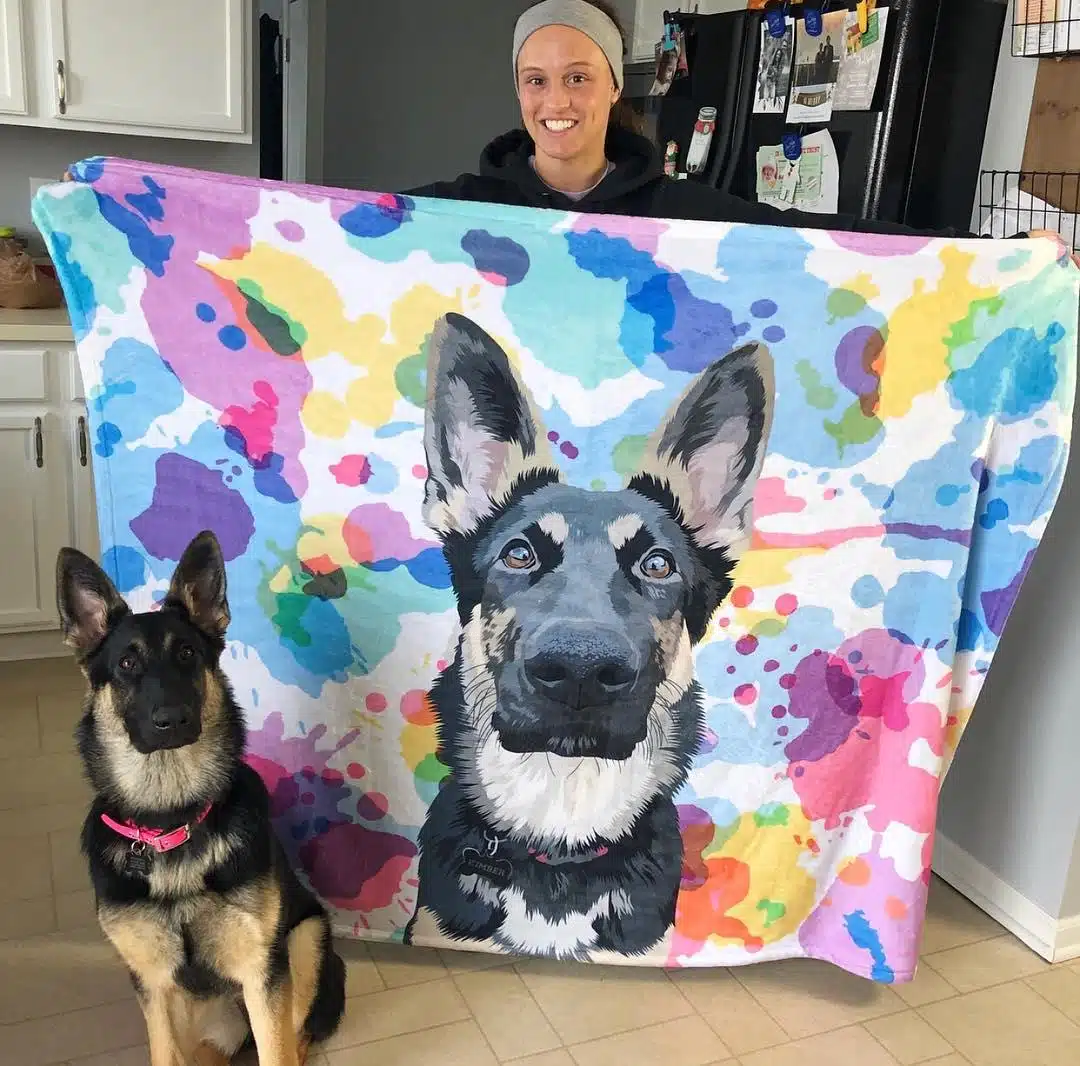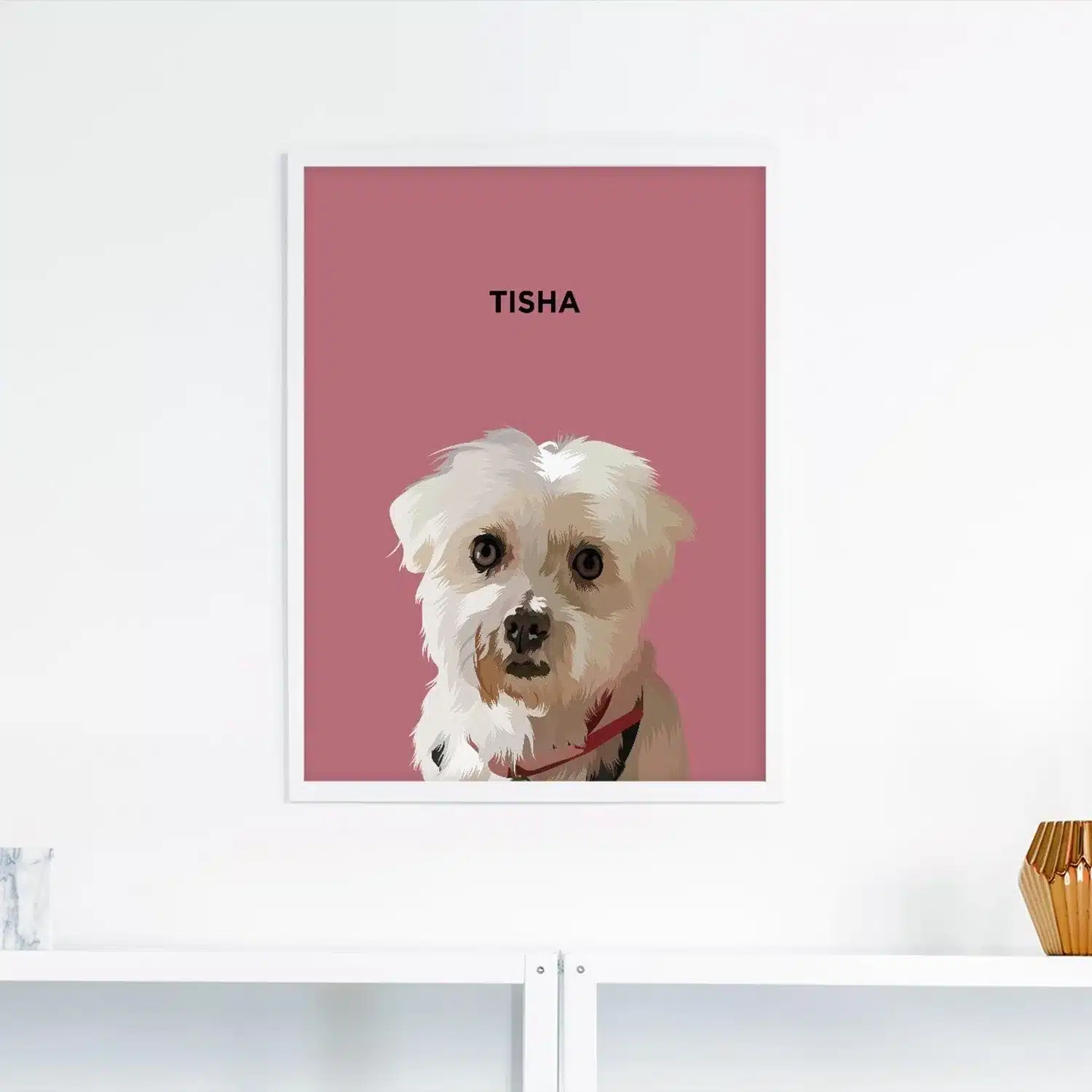Taylor A Ritz
Though the grooming needs of individual dogs depend a lot on their breed and coat type, all dogs can benefit from a periodic visit to a groomer. Dog grooming can help your dog maintain a level of hygiene that will benefit their overall health.
Groomers can perform basic tasks of brushing, combing, and trimming your dog’s coat. They can also trim nails, clean ears, eyes, and skin folds, as well as provide a host of other tasks.
Plenty of us drop our dogs off at the groomer and then pick them up, giving little thought to just what goes into maintaining our canine companions. Here are a few facts about your dog’s grooming you may not know.
1. Why Do Some Dogs Have “Hair” Instead Of Fur?
Though the composition of all dog hair is identical whether they have “hair” or “fur,” there is a visible difference. Additionally, those with hair-like coats do not shed. If the composition is the same, what is the reason behind this difference?
The difference in shedding essentially boils down to the pattern of hair growth. Dogs that have “hair” have a coat with a much longer growing cycle. This means that, instead of shedding off the dog, the hair continues to grow until it dies or is cut. These dogs are hypoallergenic and leave less hair all over the house, but they also require more regular grooming to avoid tangles and mats. Some examples of dogs with hair instead of fur are Maltese, Shih Tzus, Yorkshire Terriers, and Poodles.
2. Why Are Mats a Big Deal?
You may be tempted to think that tangled hair is no big deal. On the contrary, matted hair can cause a host of problems. Not only is matted hair difficult to comb, but it also traps moisture, which can cause skin inflammation or even infections.
In severe cases, matted hair can even cut off the blood supply to extremities, cause fecal impaction, or allow fly larvae to inhabit the dog’s skin.
3. How Often Do Dogs Shed?
Different dog breeds shed varying amounts. Factors that affect shedding include coat type, breed, and climate. For the majority of dogs, it is safe to assume they will shed year-round.
Most domestic dogs enjoy temperature-controlled settings in our homes, which has caused changes to their natural shedding patterns. While many breeds may have a more intense shedding season once or twice a year, most dogs will shed continuously year-round.
4. Why Should You Take Your Dog To a Groomer?
There are many reasons to take your dog to a groomer on a regular basis. A professional groom can leave your dog not only looking their best but feeling their best as well. Grooming aerates your dog’s coat, which ensures healthy growth and evenly distributes your dog’s natural oils.
Your groomer will look over, feel, and check every area of your dog, so they will likely discover any problems. They may discover lumps, skin issues, seeds, infections, or injuries that the owner has missed. Groomers are professionals intent on giving their canine charges the best possible appearance, hygiene, and health.
5. How Often Do Dogs Need To Be Groomed?
Many factors determine how often you should get your dog groomed. Length and texture of coat, breed, and desired style are all contributing factors for how often you should take your dog to the groomers. As a rule of thumb, your dog should be groomed every six to eight weeks, but ask your groomer if you aren’t sure.
If your dog has a short coat, most groomers recommend bathing no more than twice a month, with once a month being optimal. Bathing more often will strip your dog’s skin and coat of essential oils. Dogs with medium to long coats should have a full groom every four to six weeks. A dog with a long coat will benefit from monthly “tidying” to shave off any matting.
6. What Grooming Should Be Done At Home?
While you depend on your groomer to keep your dog looking their best, there are some hygiene chores that you need to undertake at home. Your dog’s nails should be trimmed every eight weeks to keep them short enough that they do not make contact with the floor.
Bathe your dog once a month, but no more than twice a month to avoid skin issues. Clean your dog’s ears regularly, once every two weeks, with a natural ear-cleaning product and a soft towel. Double-coated breeds and breeds with long hair should be brushed several times a week to cut down on shedding and uncomfortable tangles.
7. How Do You Groom Your Dog Between Professional Grooms?
How often you brush your dog depends on their coat length, texture, and breed. For medium to long coats, use a slick brush or metal comb that has wide teeth. Part the hair into sections so that you are working on one small area at a time.
The more often you brush your dog, the less likely they are to form painful mats and tangles. Make sure to focus on areas with longer hair such as the tail, underarms, and ears, as these are most likely to develop mats.
8. How Much Does Grooming Cost?
It’s difficult to put a cost on dog grooming. Prices depend on what kind of grooming your dog needs, which in turn depends on their coat type, length, and the size of your dog. Some canine coats require specialized shampoos, conditioners, or treatments, which can increase costs.
Grooming costs can also depend on the groomer. Check with groomers in your area to compare prices.
9. How Do You Become a Dog Groomer?
Becoming a dog groomer requires the completion of a certificate. Most aspiring dog groomers already have a high school diploma or GED. Many then take a course in pet grooming, either online or in person. In-person courses are much more beneficial in the long run.
Whether you take a class online or not, you will need to find entry-level work, such as a bather or grooming assistant, where you can get hands-on experience working under experienced groomers.
While you don’t need an official certificate to work as a dog groomer, it certainly helps put potential clients at ease. Certificates are provided by the National Dog Groomers Association of America.
10. Should You Tip Your Dog Groomer?
The short answer is, yes! As more and more pets are adopted in the USA, professional dog groomers are getting progressively busier. The basic thought process is that you should tip anyone providing you with a service that you do not wish to do.
Whether someone is giving you a haircut, parking your car, or grooming your dog, remember to tip. Tipping is a great way to show your satisfaction at a job well-done. The customary tip is 20% of the cost of the service.
80% of Dogs Develop Arthritis or Joint Pain by 7 Years old – Here’s How to Protect Them
Most of us train our dogs when they are puppies to jump up on furniture. We think it’s harmless (and easier than always lifting them), but for dogs, couches and beds are very high compared to the size of their bodies.
Every time they jump it compresses their back and applies enormous force to their joints.
It’s no wonder that an incredible 80% of dogs experience arthritis or joint pain by only 7 years old.
Luckily, there is a vet-recommended solution.
It’s the PawRamp by Alpha Paw. An adjustable ramp that allows dogs to safely get on and off couches and beds. PawRamp makes joining you in bed or on the couch effortless and fun.
As a bonus, you can use code SAVE35 to get $35 off the PawRamp today.

